Cultural exchange: Rolex mentor David Chipperfield pairs with Swiss protégé
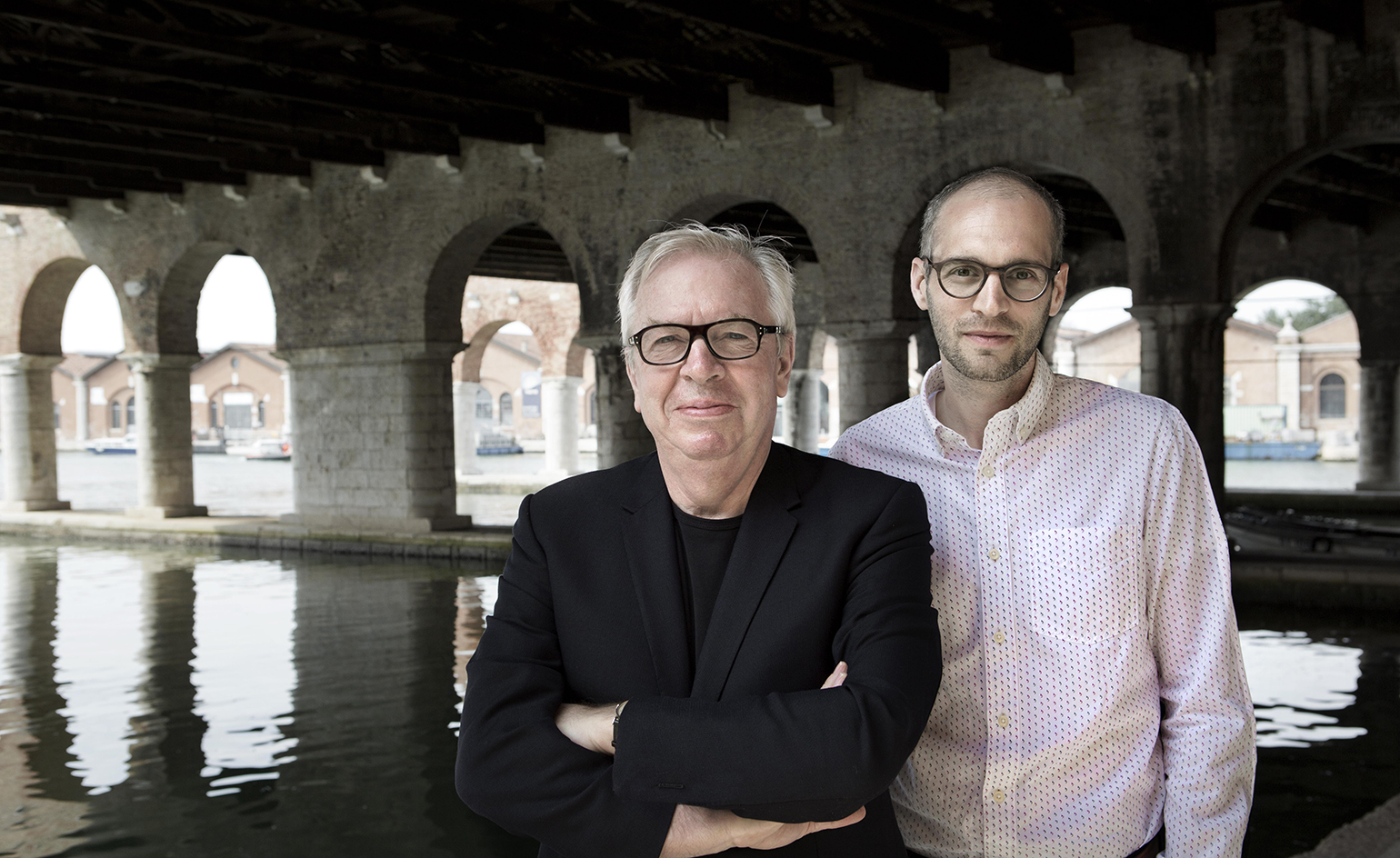
David Chipperfield’s vision of designing new urban landscapes in a ‘traditional, linked-up way’ chimes with notions of simple ideas, generating rich social impact at this year’s Architecture Biennale in Venice. The just-announced 2016–17 Rolex architect mentor will put philosophy into practice as he spends the next year in a generous exchange with the Swiss architect Simon Kretz, of Christian Salewski & Simon Kretz Architekten GmbH, Zurich.
The Rolex Mentor & Protégé programme, entering its fourth year in architecture, aims to propel young arts professionals to the next stage of their careers. Thus, Kretz will work on a specific project with Chipperfield, who will dedicate at least 30 days over the next 12 months to Kretz’s professional development. That last year’s architecture protégé, Gloria Cabral, has just picked up a Venice Biennale Golden Lion award for best exhibition on behalf of her Paraguayan practice, Gabinete de Arquitectura, adds further shine. She spent her year assisting mentor Peter Zumthor on his design for a Seoul tea chapel.
'Simon and I need to start to find the right vehicle,' Chipperfield revealed during the opening week in Venice. 'Conceptual development realisation processes are time consuming but Rolex is committed to creating a dialogue between mentor and protégé as opposed to looking for an end result; it’s very much a relationship exercise.' Naturally, the chance to play with 'ideas that you can’t do in everyday practice' appeals to the seasoned professional and to Kretz too – the first Swiss architecture protégé, who likes the prospect of their project 'being an experiment'.
Both, however, admit a shared vision as 'architects who like to build things'. So to let the opportunity pan into a totally theoretical exercise is not the end goal, at least as much as the scheme’s short time frame, in architecture terms, allows. 'Simon is teaching urban design and works as an architect – also with the city. He’s not just interested in urban theory, he is a practising architect, as I am,' Chipperfield says. Kretz, meanwhile, is keen to explore 'the specific impact that building projects have on the wider city surroundings'.
To that end, one of the ideas the pair are bandying around is starting with an existing site, 'maybe one that has been developed in an unplanned manner. Something I’d be quite critical of,' offers Chipperfield. 'We could reshape it in a traditional, joined-up way where one can subject a sense of idealisation into the realisation.' He cites the notion of all decision-making parties being involved in one vision – designers, engineers, city planners working as one. 'We could set a precedent. That would work. It’s amazing how linking up thinking can create an environment.' It's a theory we know he's already putting into practice.
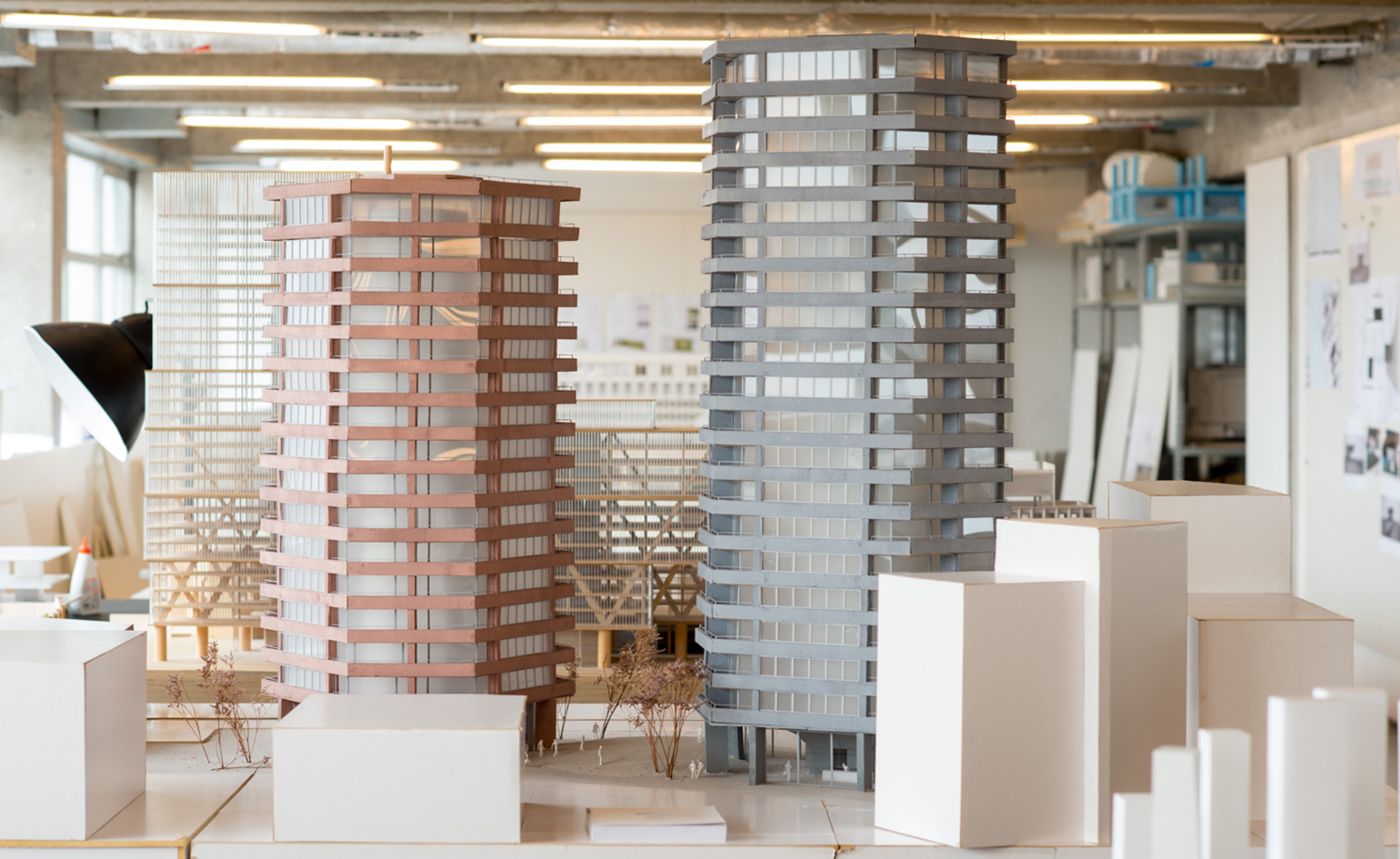
The duo are currently developing collaborative ideas, one of which is to start with an existing site. Pictured: David Chipperfield's London office. Photography: Rolex/Tina Ruisinger
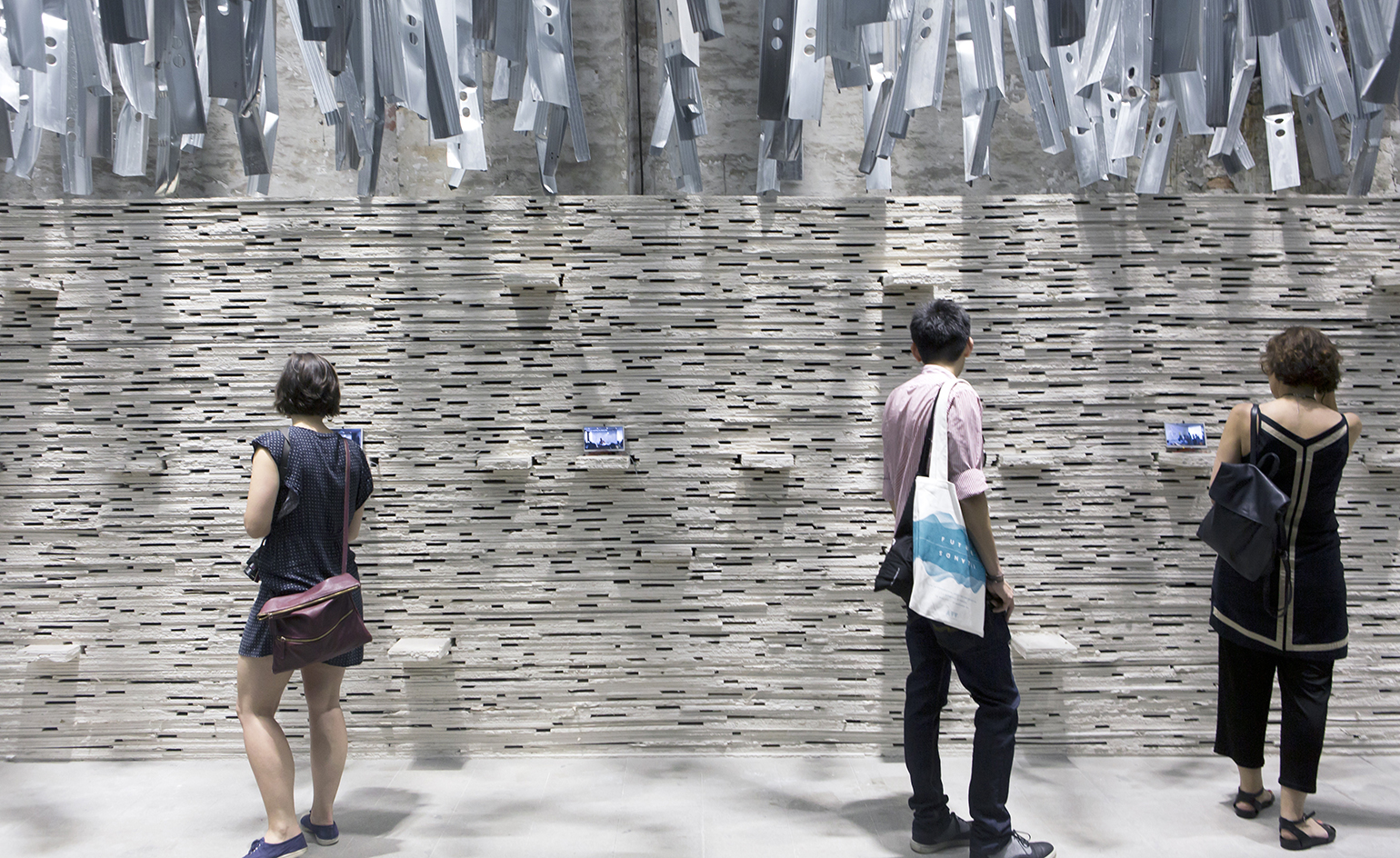
The partnership was revealed during the 2016 Venice Architecture Biennale, of which Rolex is a key supporter. Photography: Rolex/Reto Albertalli
INFORMATION
For more information, visit the Rolex Mentor & Protégé website
Wallpaper* Newsletter
Receive our daily digest of inspiration, escapism and design stories from around the world direct to your inbox.
Caragh McKay is a contributing editor at Wallpaper* and was watches & jewellery director at the magazine between 2011 and 2019. Caragh’s current remit is cross-cultural and her recent stories include the curious tale of how Muhammad Ali met his poetic match in Robert Burns and how a Martin Scorsese Martin film revived a forgotten Osage art.
-
 The Subaru Forester is the definition of unpretentious automotive design
The Subaru Forester is the definition of unpretentious automotive designIt’s not exactly king of the crossovers, but the Subaru Forester e-Boxer is reliable, practical and great for keeping a low profile
By Jonathan Bell
-
 Sotheby’s is auctioning a rare Frank Lloyd Wright lamp – and it could fetch $5 million
Sotheby’s is auctioning a rare Frank Lloyd Wright lamp – and it could fetch $5 millionThe architect's ‘Double-Pedestal’ lamp, which was designed for the Dana House in 1903, is hitting the auction block 13 May at Sotheby's.
By Anna Solomon
-
 Naoto Fukasawa sparks children’s imaginations with play sculptures
Naoto Fukasawa sparks children’s imaginations with play sculpturesThe Japanese designer creates an intuitive series of bold play sculptures, designed to spark children’s desire to play without thinking
By Danielle Demetriou
-
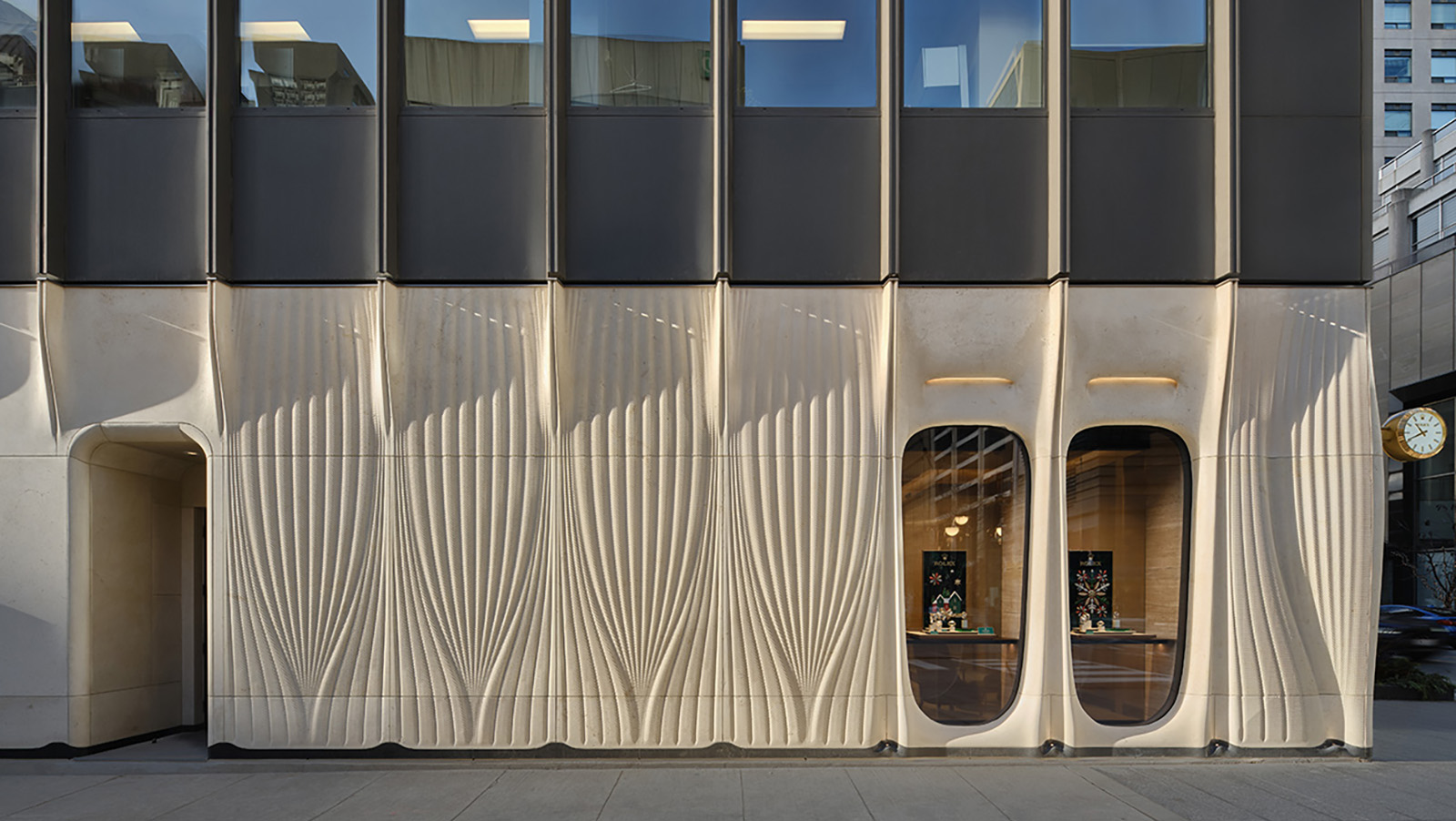 Royal De Versailles Rolex boutique in Toronto wows with dynamic façade
Royal De Versailles Rolex boutique in Toronto wows with dynamic façadeRoyal de Versaille’s Rolex boutique in Toronto features a dynamic, wavy façade in CNC-cut limestone created by local architecture studio Partisans
By Ellie Stathaki
-
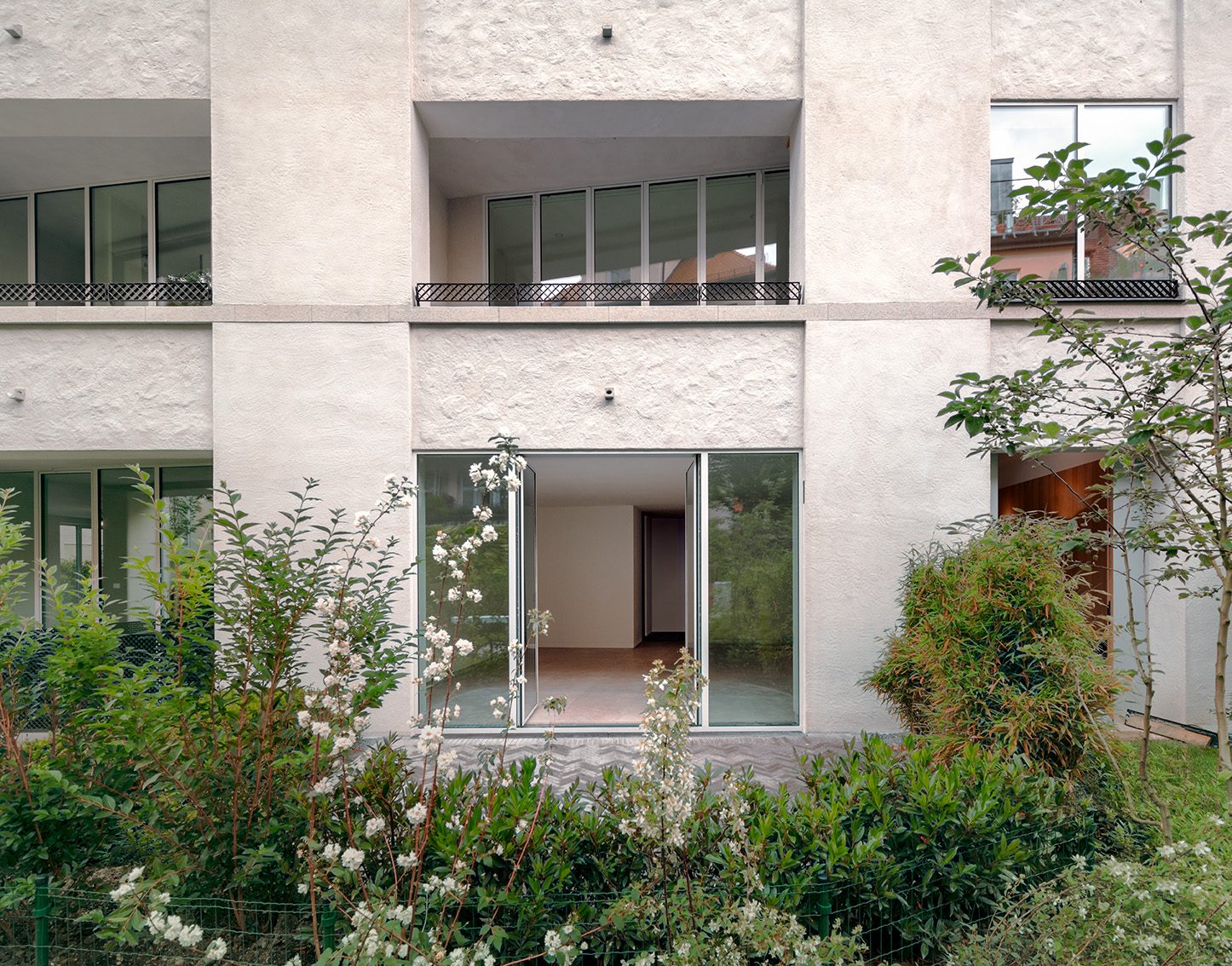 A ‘contemporary palazzo’ by David Chipperfield and Studio Mark Randel rises in Munich
A ‘contemporary palazzo’ by David Chipperfield and Studio Mark Randel rises in Munich‘Contemporary palazzo’ housing project in Munich is designed by David Chipperfield and Studio Mark Randel
By Ellen Himelfarb
-
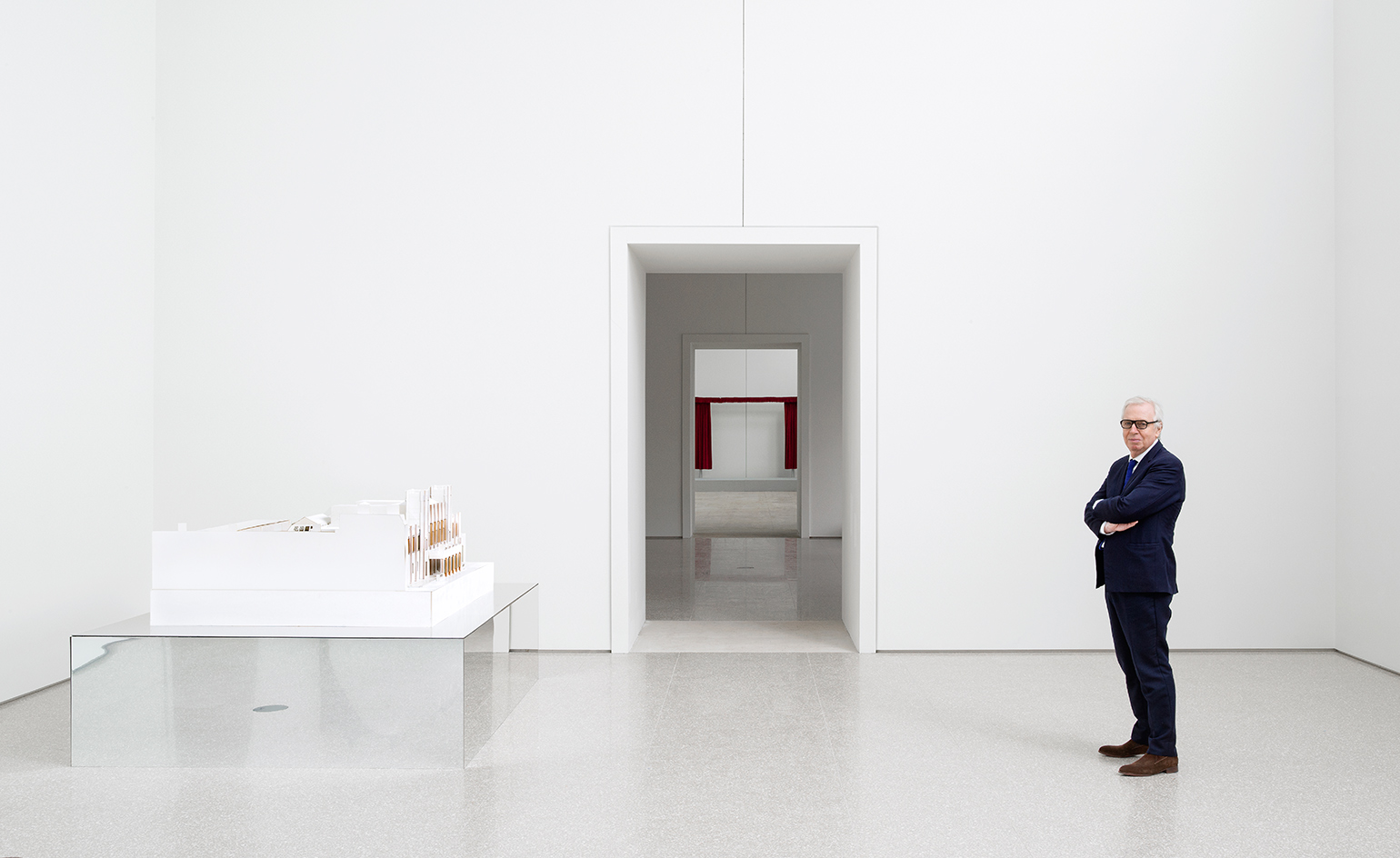 2023 Pritzker Prize goes to David Chipperfield
2023 Pritzker Prize goes to David ChipperfieldThe 2023 Pritzker Prize, one of the architecture field’s most prestigious honours, has been awarded to David Chipperfield
By Ellie Stathaki
-
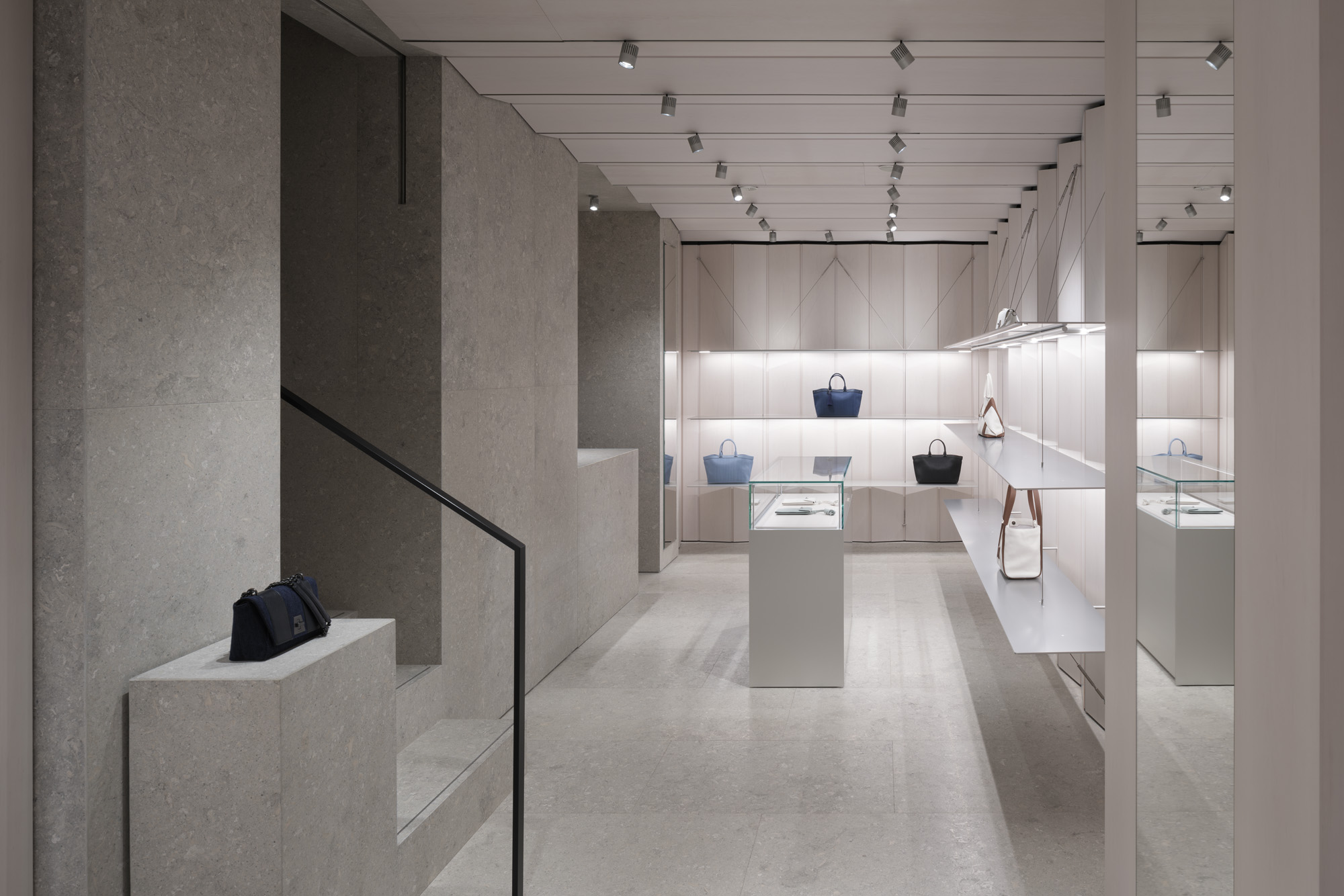 Store concept by David Chipperfield Architects for Akris is simply ‘selbstverständlich’
Store concept by David Chipperfield Architects for Akris is simply ‘selbstverständlich’An ethereal new store concept by David Chipperfield Architects for Akris is rolled out from Washington to Tokyo
By Ellie Stathaki
-
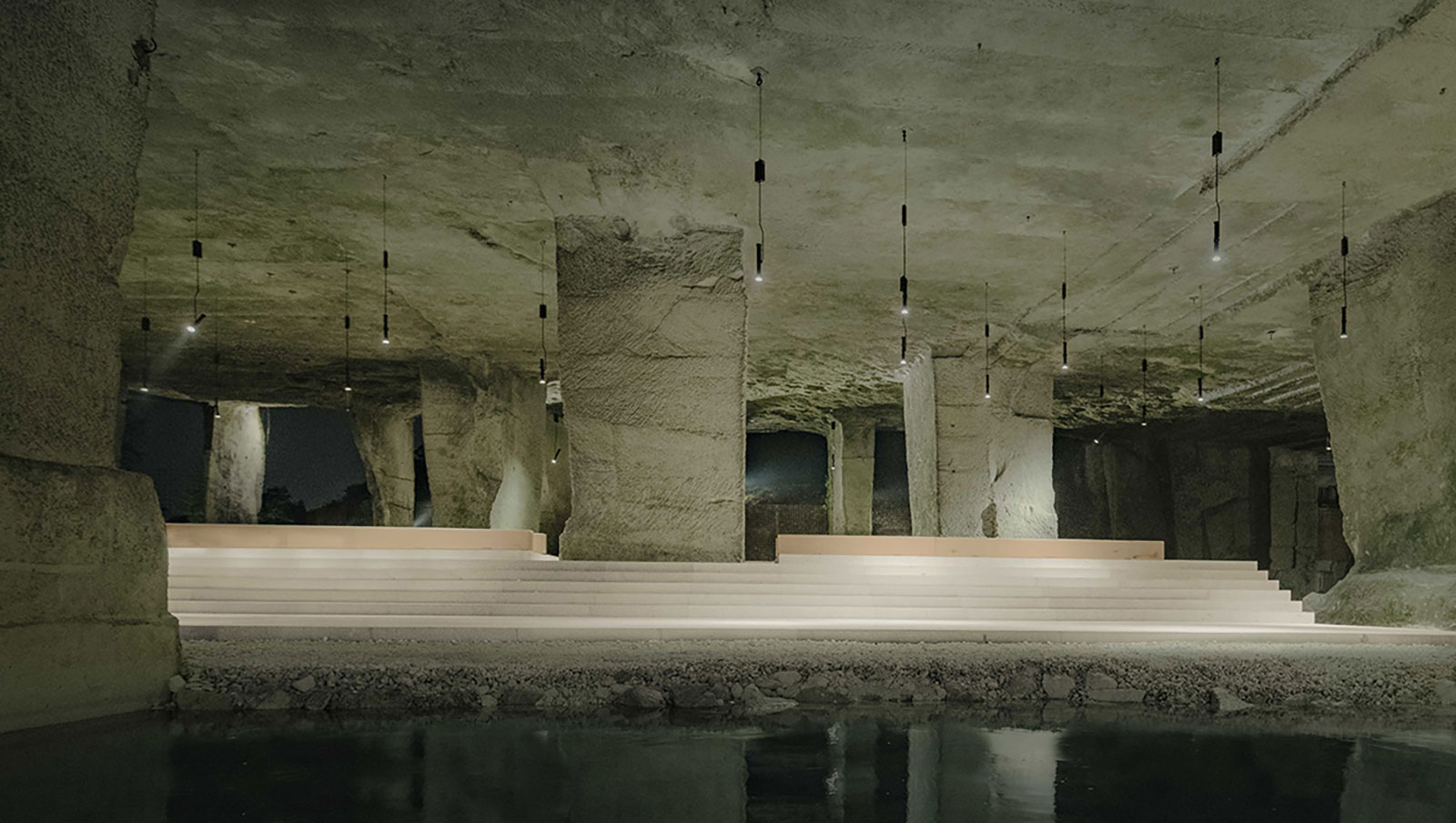 Step inside the dramatic Cava Arcari by David Chipperfield
Step inside the dramatic Cava Arcari by David ChipperfieldCava Arcari by David Chipperfield reimagines a series of caves outside Vicenza as a multifunctional event space
By Ellie Stathaki
-
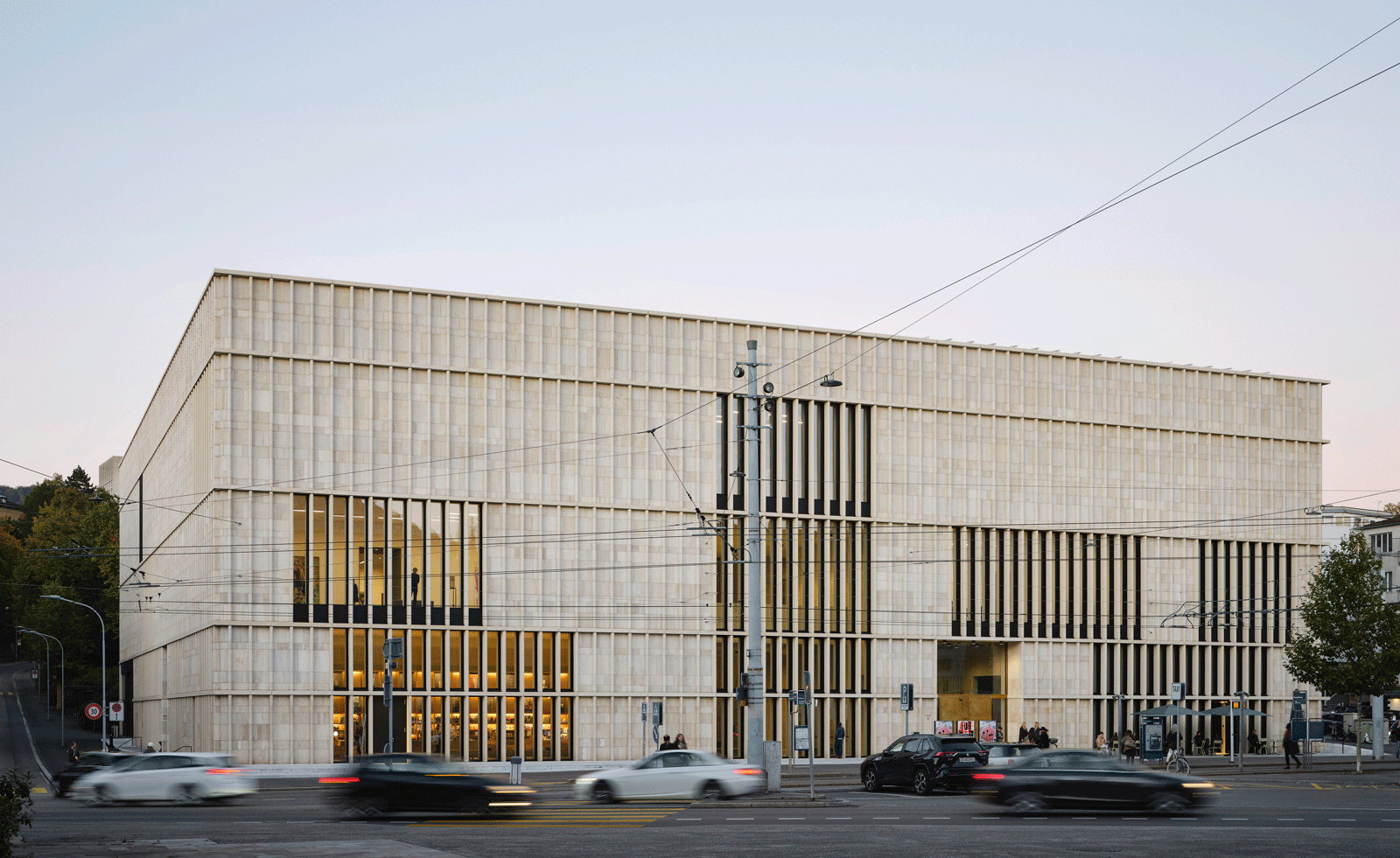 David Chipperfield Architects Berlin opens Kunsthaus Zürich extension
David Chipperfield Architects Berlin opens Kunsthaus Zürich extensionKunsthaus Zürich extension, designed by David Chipperfield Architects Berlin, opens to the public, making the art museum the largest in Switzerland
By Hannah Silver
-
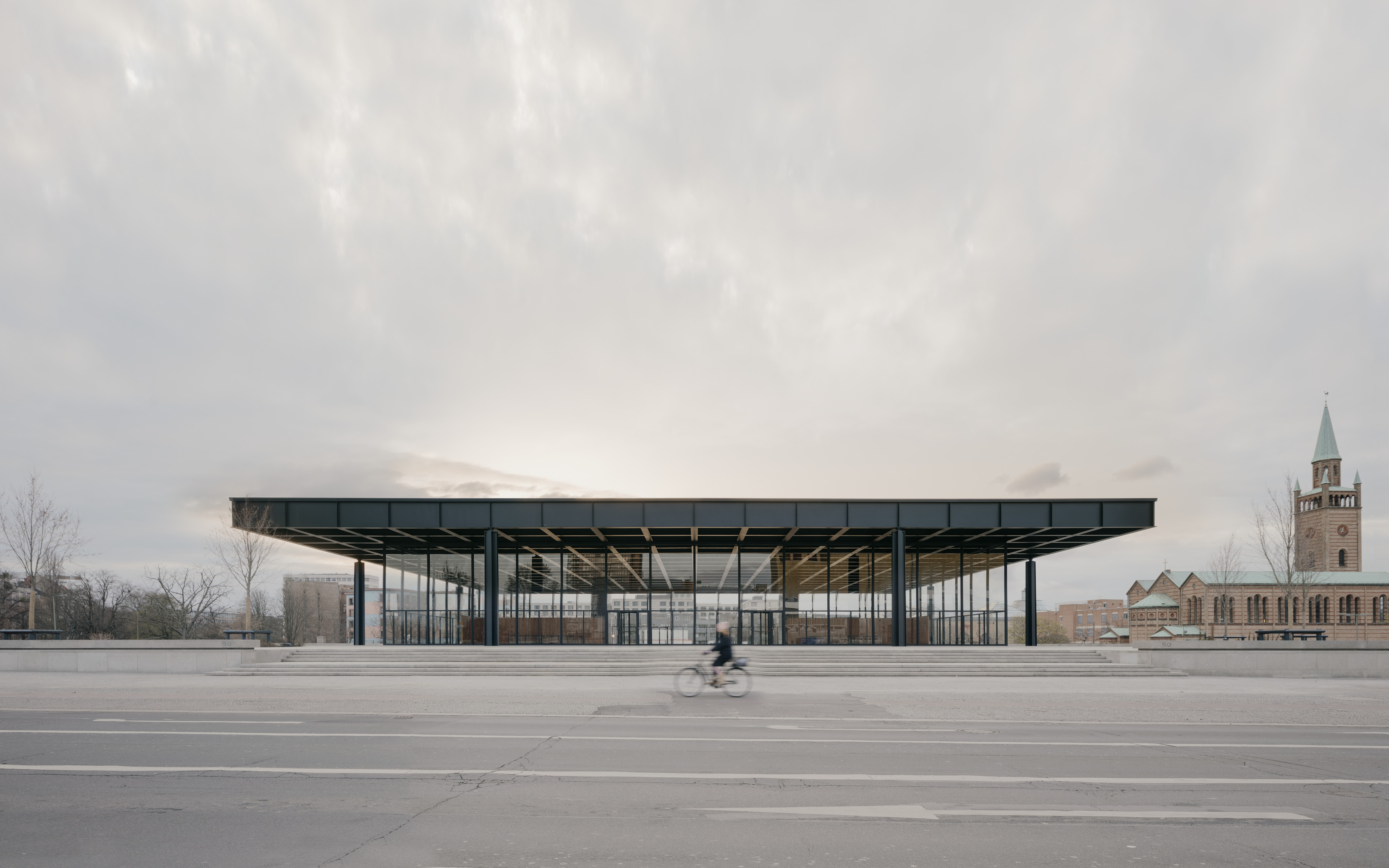 Chipperfield Architects reveals refresh of Neue Nationalgalerie in Berlin
Chipperfield Architects reveals refresh of Neue Nationalgalerie in BerlinChipperfield Architects reveals its refurbishment of the iconic modernist architecture at the Neue Nationalgalerie in Berlin, Germany
By Ellie Stathaki
-
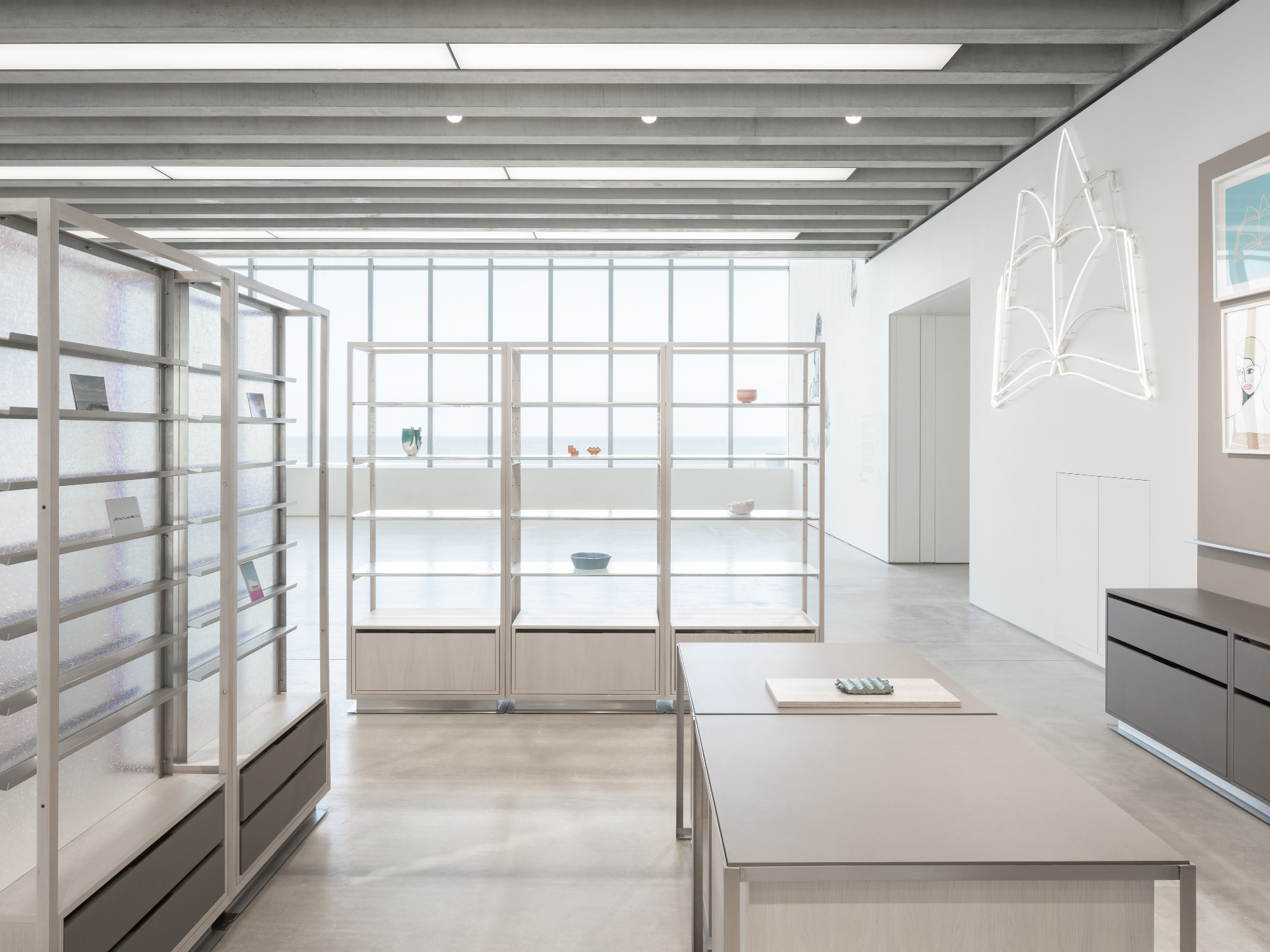 Turner Contemporary shop gets minimalist revamp
Turner Contemporary shop gets minimalist revampSpending is distinctly soothing at Turner Contemporary shop in Margate, with its elegant, minimalist new look by London studio Daytrip
By Ellie Stathaki